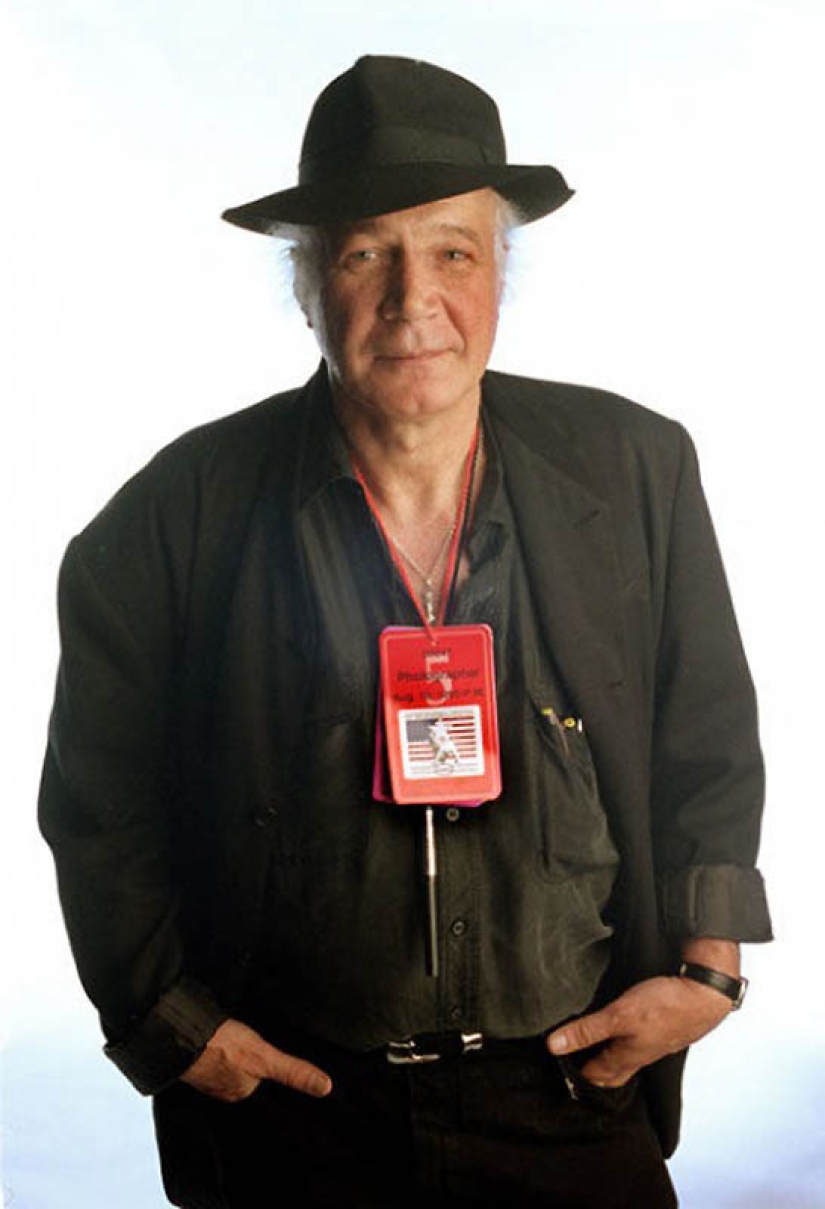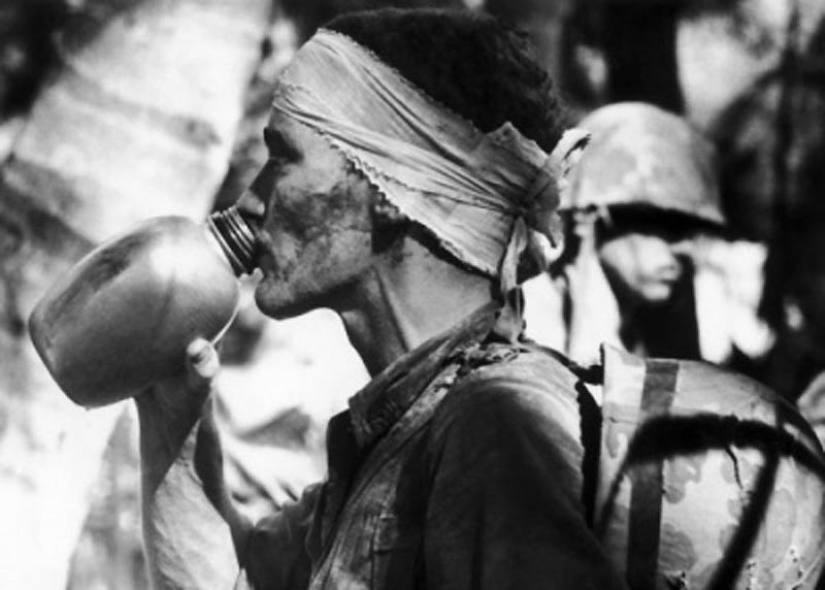10 facts about the deceptive "Execution in Saigon"
Categories: History
By Pictolic https://pictolic.com/article/10-facts-about-the-deceptive-execution-in-saigon.htmlPhotojournalist Eddie Adams captured one of the most famous images of the Vietnam War — the moment of execution amid the chaos that reigned in Saigon during the "New Year offensive" of the Communist army in 1968.
Photos lie, but people believe them... "Execution in Saigon" has become one of the most famous photographs of the Vietnam War. The author received several awards for her, including the Pulitzer Prize, and the World Press Photo recognized her as the best photo of 1968.

"Execution in Saigon" was published on the front pages of many newspapers around the world, and is believed to have played a role in changing the attitude of American society to the Vietnam War.

During his career, he has covered 13 armed conflicts, working for the Associated Press, Time, Newsweek, and Parade magazines. He became the author of the most famous photographs of many US presidents — from Nixon to Bush Jr., the Pope, Fidel Castro, Mikhail Gorbachev, Indira Gandhi, as well as the most famous stars of show business posed for him. His works decorated the covers of fashion magazines, his photo essays were published in newspapers around the world. But it was this frame that brought him worldwide fame.

Adams made his most famous photo "Execution in Saigon" on February 1, 1968. On that day, he was in Saigon, where the guerrillas and North Vietnamese troops launched a large-scale offensive on the capital. They were opposed by American troops and the South Vietnamese army.

Adams went to the Chinatown of the city, where the battle for the Buddhist pagoda had just ended. His attention was caught by two Vietnamese Marines escorting a man in a plaid shirt and black shorts. Adams watched as they reported to Brigadier General Nguyen Ngoc Loan that the arrested man had shot police officers and their family members. Without saying a word, Loan pulled out his revolver, stretched out his right hand, almost touching the prisoner's head with the barrel, and pulled the trigger. Photographer Eddie Adams also pulled the trigger. Both clicks occurred almost simultaneously.

Adams himself, who initially told other journalists in Saigon:
Subsequently, the photographer deeply regretted his picture, refusing the Pulitzer Prize awarded to him.

Eddie Adams wrote in the Times magazine:

Adams killed the General, of course, not in the literal sense of the word. In early May 1968, during the second Battle of Saigon, Nguyen Ngoc Loan was wounded in the leg while personally leading an attack on an enemy-controlled bridge. He was sent to Australia for treatment, but there his arrival caused such a public outcry that he was refused treatment. The general was transported to a military hospital in the United States. But because of the delay, Loan's right leg had to be amputated, after which he was retired.

Loan himself, after being wounded and retiring, devoted most of his time to distributing gifts to homeless children in homeless homes. In 1975, before the fall of Saigon, he asked the Americans to help him leave the country, but was refused. He still managed to escape abroad with his family, and subsequently moved to the United States. In America, Loan settled in Virginia, where he opened a pizzeria. When in 1991 his identity became known to neighbors in the neighborhood, Loan was offered to be deported from the country as a war criminal. This did not happen, but the former general's business declined. On the wall of his pizzeria, unknown people wrote: "We know who you are."

When Nguyen Ngoc Loan lived in the USA, Adams apologized to Loan and his family for the picture that changed their lives. After the general 's death , he wrote:

He wanted the fame to be brought to him not by this, but by another photograph taken eleven years later. Adams then photographed refugees from communist Vietnam sailing to Thailand, whose boat the authorities refused to accept in their country. These images forced President Carter and Congress to allow the immigration of Vietnamese refugees to the United States.
Recent articles

Jacques-Henri Lartigue (1894-1986) is perhaps the most famous "amateur" in the history of photography. The art world discovered his ...

It turns out that an active lifestyle is useful not only for the body but for the brain. Exercise strengthens muscles and spirit, ...

Most major companies profanity is not encouraged. It is considered that the profanity — it is a sign of disrespect for ...